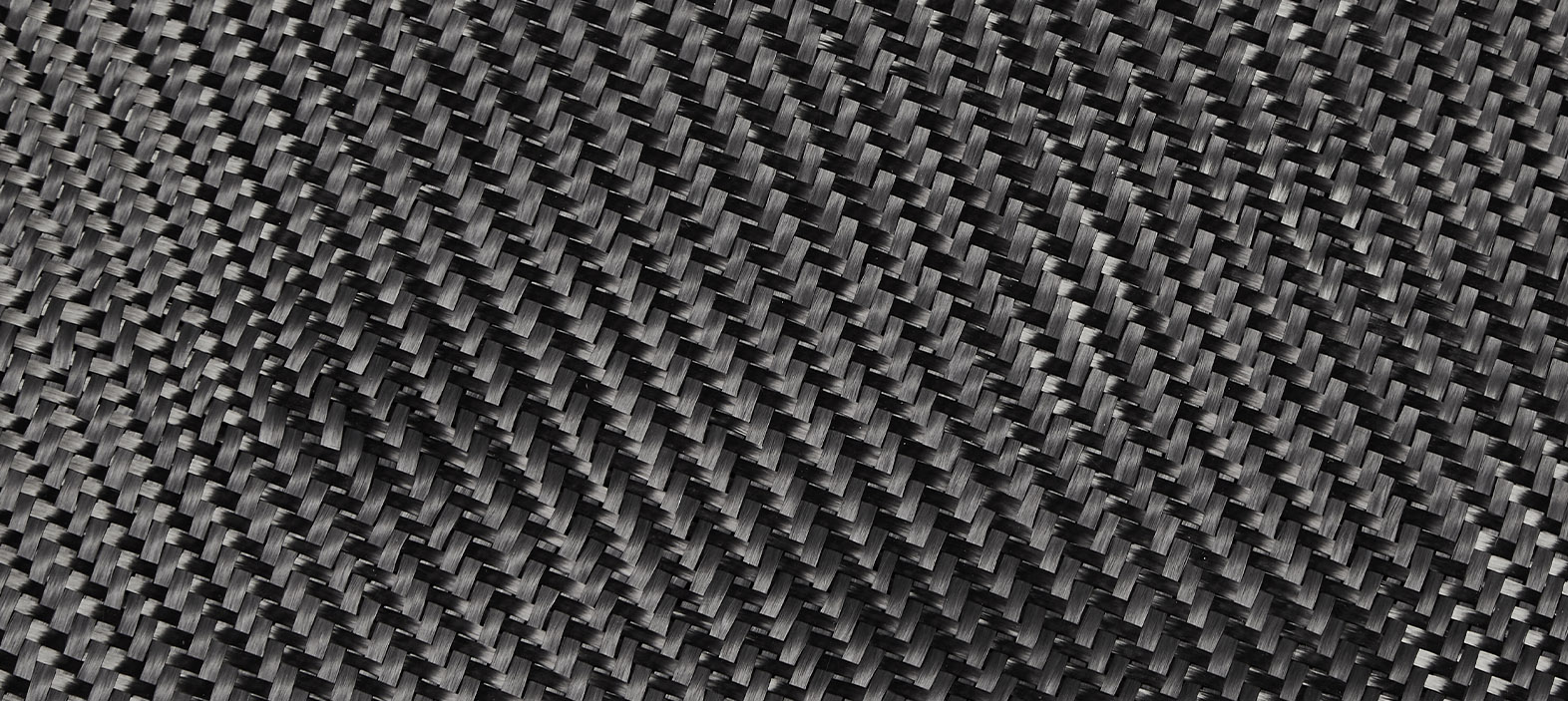
Machining Carbon Fiber - Laser Cutting vs. Water Jet Cutting- Which Is Better?
👁 Reads: 266
Carbon fiber is a high-strength, lightweight composite material. High-perfomance and an advanced material, it is widely used in aerospace, automotive, sporting goods, and industrial applications. Its unique structural composition of woven fibers embedded in a resin matrix makes machining challenging. However, two popular methods for cutting carbon fiber are laser cutting and water jet cutting.
Each method has its own advantages and drawbacks in terms of precision, edge quality, material impact, and efficiency. In this guide, we’ll explore how these techniques compare, helping you choose the best approach for your application.
Understanding Laser Cutting for Carbon Fiber
Carbon fiber products and applications are found in a wide range of industries. From aerospace to automotive, sporting to medical, defence to fashion, carbon fiber is found everywhere. For customized designs and shapes, there’s the requirement of cutting carbon fiber. For the best results, this method has to be catered according to the carbon fiber product, its application and finally the technology.
How It Works
Laser cutting uses a high-powered laser beam to vaporize material along a pre-defined path. This non-contact process enables high-speed and high-precision cutting with minimal mechanical force.
Pros of Laser Cutting Carbon Fiber
- High Precision: Laser cutters can achieve extremely fine detail, making them ideal for intricate designs.
- Speed & Efficiency: The process is fast, especially for thin carbon fiber sheets, improving production efficiency.
- No Tool Wear: Since there’s no physical contact, there’s no tool degradation, ensuring consistent results over time.
- CNC Automation Compatibility: Laser cutting integrates seamlessly with CNC (Computer Numerical Control) systems for repeatable accuracy.
Cons of Laser Cutting Carbon Fiber
- Heat-Affected Zone (HAZ): The intense heat can degrade the resin matrix, leading to delamination and potential structural weakening.
- Burnt Edges & Fumes: The heat can cause fiber fraying, charring, and toxic fumes, requiring proper ventilation and filtration systems.
- Thickness Limitations: Laser cutting is most effective for thin carbon fiber sheets. Thicker materials may experience excessive heat buildup, reducing cut quality.
Understanding Water Jet Cutting for Carbon Fiber
How It Works
Water jet cutting uses a high-pressure stream of water, often mixed with an abrasive material, to erode through carbon fiber without introducing heat.
Pros of Water Jet Cutting Carbon Fiber
- No Heat Damage: Since it’s a cold-cutting process, there’s no heat-affected zone (HAZ), preserving the structural integrity of the carbon fiber.
- Superior Edge Quality: Water jets produce clean, smooth edges with minimal fiber fraying or delamination.
- Cuts Thick Materials: Water jet cutting is ideal for thick carbon fiber panels, which might be difficult to cut with a laser.
- Environmentally Safer: Unlike laser cutting, there are no toxic fumes or burning residue.
Cons of Water Jet Cutting Carbon Fiber
- Slower Cutting Speed: Compared to lasers, water jet cutting is slower, which may impact production efficiency.
- Higher Operating Costs: Abrasive materials need regular replenishment, and water usage can be costly.
- Potential for Fiber Delamination: While less common than in laser cutting, high-pressure water can still separate fibers if not controlled properly.
Comparison: Laser Cutting vs. Water Jet Cutting for Carbon Fiber
Factor |
Laser Cutting |
Water Jet Cutting |
Precision |
High |
High |
Edge Quality |
May show slight burning or fraying |
Clean, smooth edges |
Heat-Affected Zone (HAZ) |
Present |
None |
Speed |
Fast |
Slower |
Suitability for Thick Materials |
Limited |
Excellent |
Operating Cost |
Lower (no consumables) |
Higher (abrasive cost, water usage) |
Environmental Impact |
Fumes require filtration |
No toxic fumes, but high-water usage |
Which is Better? The Best Cutting Method Based on Application
- For thin carbon fiber sheets requiring high precision: Laser cutting is ideal if minor heat damage is acceptable.
- For thick carbon fiber panels needing perfect edge quality: Water jet cutting is the best choice.
- For high-volume production with minimal waste: Laser cutting is more efficient.
- For aerospace or structural applications where strength is critical: Water jet cutting is preferable to avoid heat damage.
Both laser cutting and water jet cutting are effective methods for machining carbon fiber, each with its own strengths. Laser cutting offers speed and precision but can cause heat damage, while water jet cutting provides superior edge quality without compromising material integrity.
Choosing the right method depends on material thickness, required precision, budget, and application needs. By understanding the pros and cons of each technique, you can optimize your carbon fiber cutting process for better performance and efficiency.





